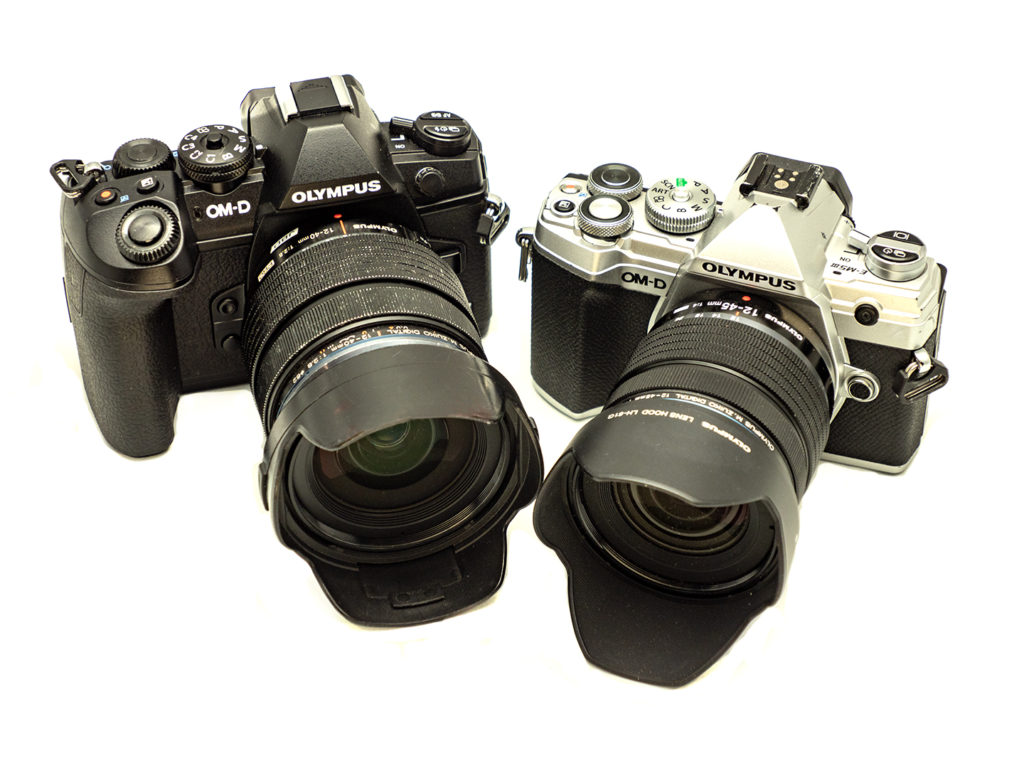Traveling with the Olympus E-M5 MkIII
A recent National Geographic Expedition, “Around the World by Private Jet”
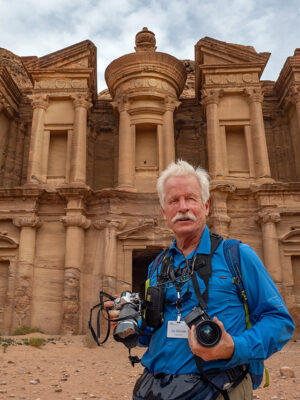
A simple task, to determine the total number of countries in the world, right? Not quite so easy, as the UN recognizes 197 member countries, two UN observers (Vatican and Palestine) and the self-governed territories of Taiwan and Kosovo. China regards Taiwan as being part of its territory, as does Serbia with Kosovo. So, an accurate count is not an easy answer. (Worldpopulationreview.com)
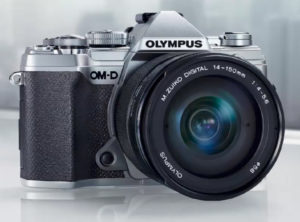
All photos in this blog were shot with the E-M5 MkIII
But, whether 195, 200, or however many countries, travel has increased to the greatest numbers ever. According to the World Economic Forum, tourism in 2020 (if a Corona Virus had not occurred) was projected to approach 1.5 billion travelers, with a growth of 3-4% . Wow. (Traveling-cook.com)
Within those numbers, the demographic that is traveling the most are millennials, ages 24-35, on the road an average if 35 days. This is followed by Generation Z travelers, ages 18-23, averaging about 29 days a year. (Skift.com)
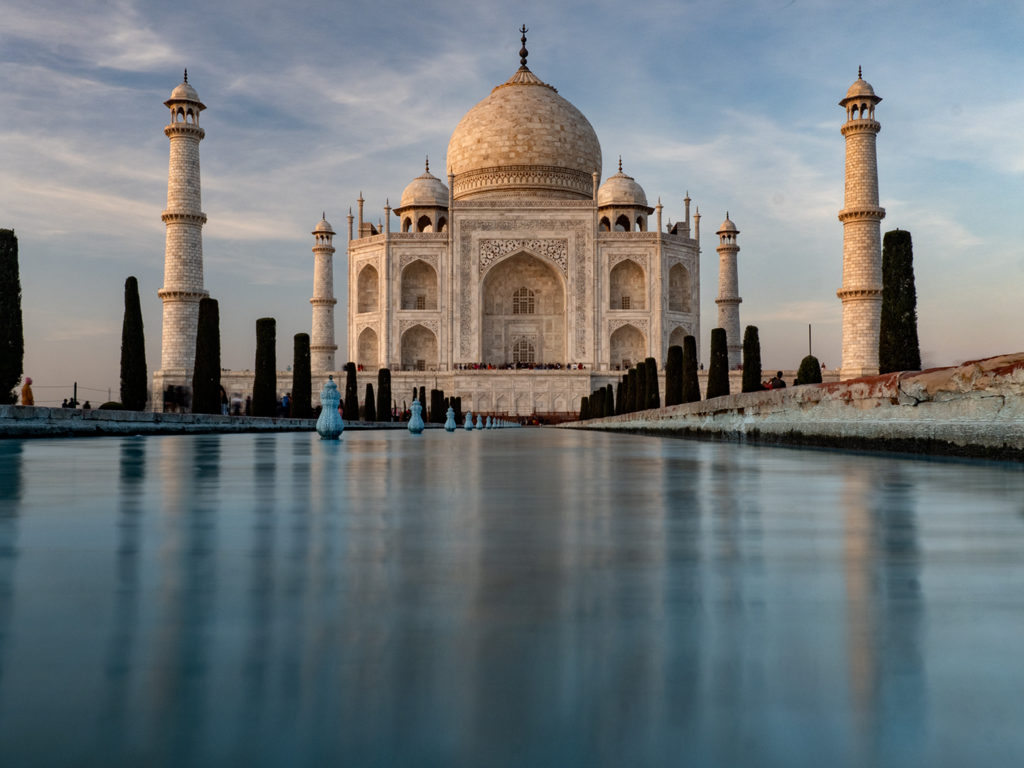
1/2 second to allow water to blur 12-100mm f 4 lens
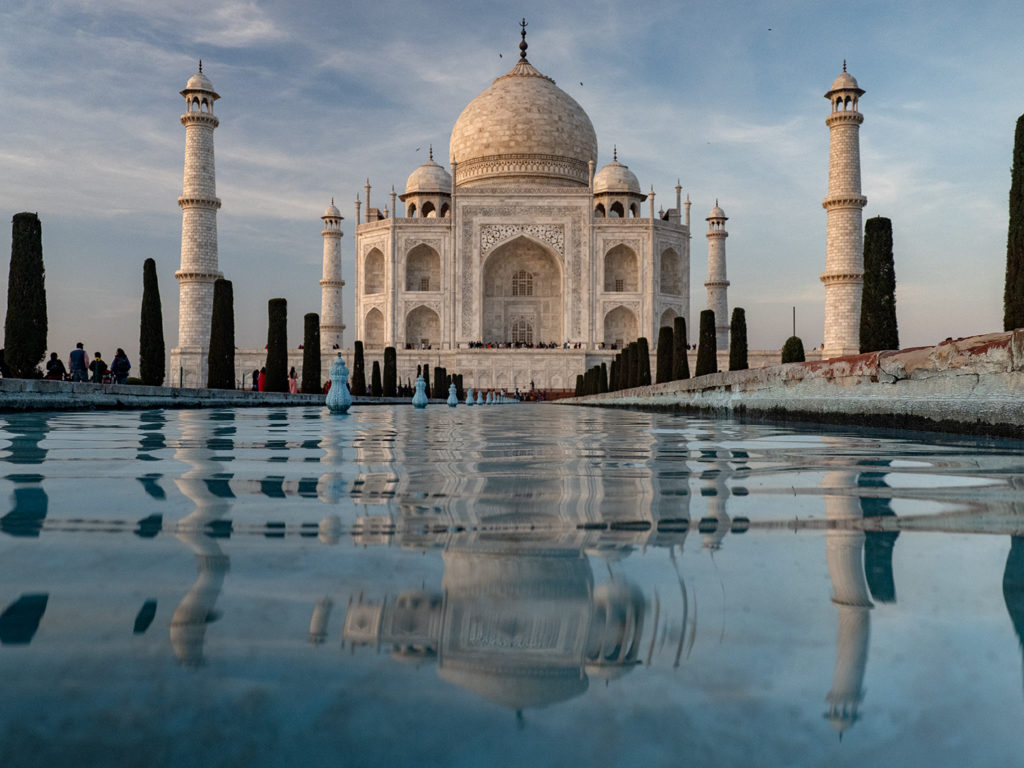
1/40th of a second to slightly freeze motion of water. 12-100mm f 4 lens
Of this group, nearly 40% of millennials own a camera, whether a fixed lens or a DSLR, around 25% of those owning a mirrorless camera. (www.direporter.com)
I find this really intriguing as that demographic of millennials is one that I think we readily assume use their iPhones to record the world. Personally, I think this group has grown up with that readily available phone in hand and are now seeing the benefits of a real camera: lens selection, adjustable shutter and aperture, meaning more control over the final product.
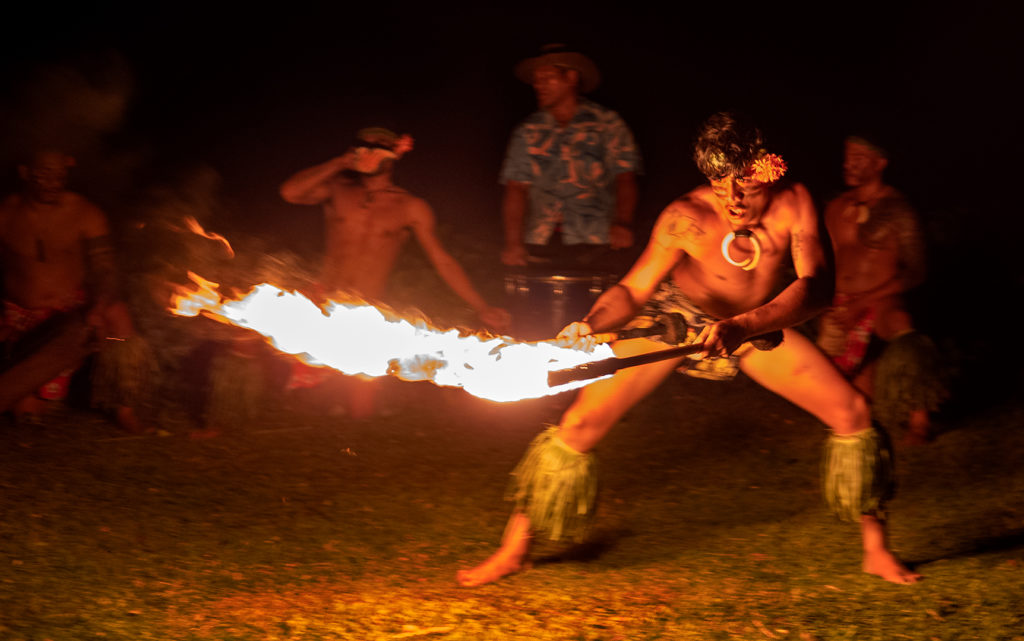
25mm f1.2 lens, 1/50th @ f 1.2, 1250 ISO
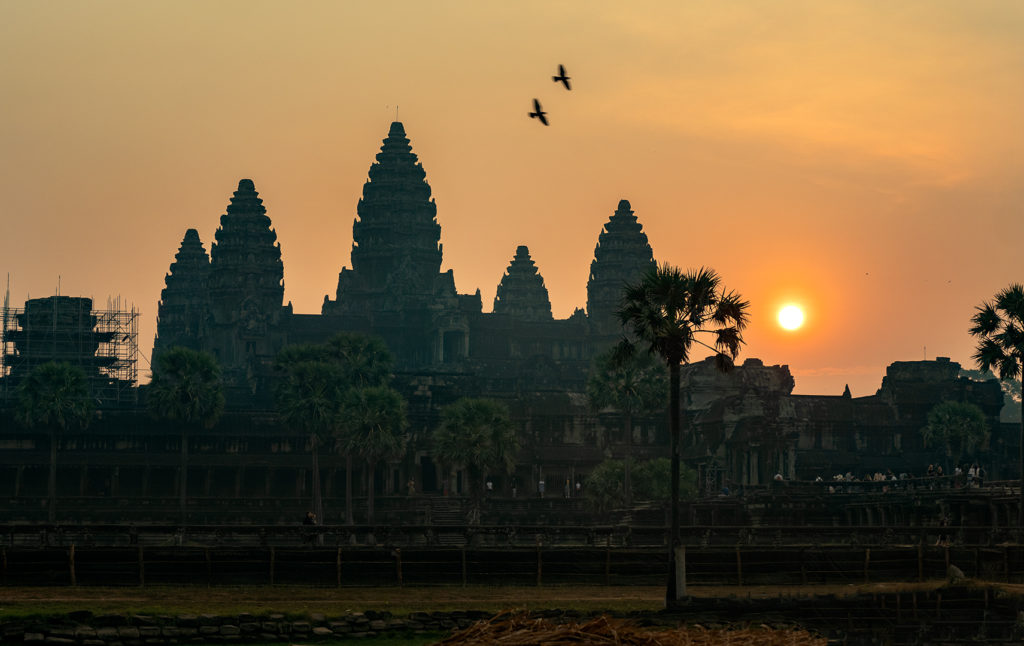
12-100mm f 4 lens
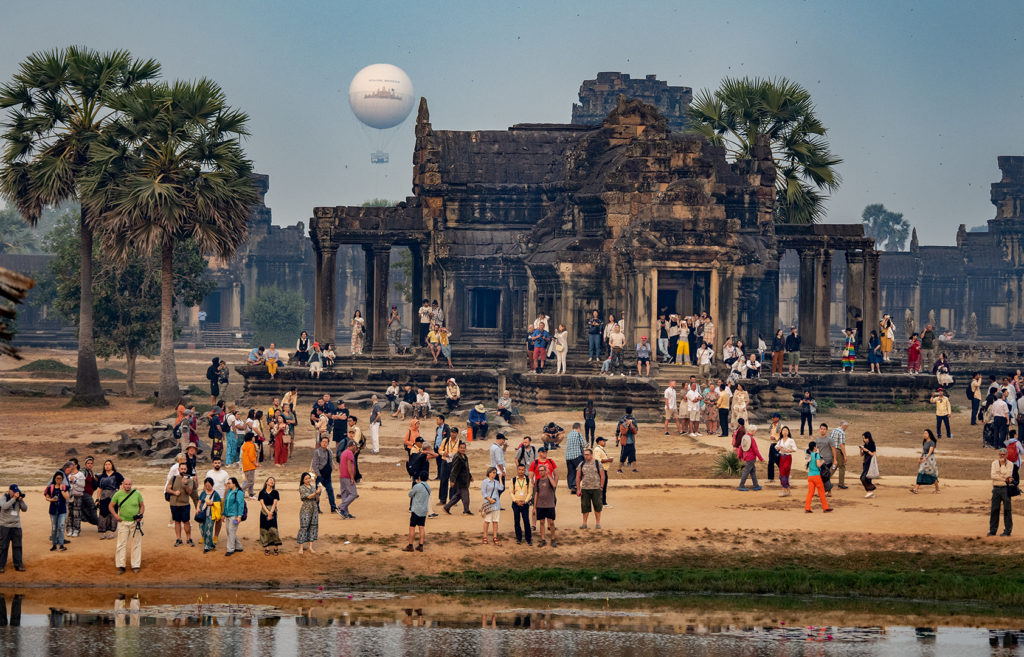
12-100mm f 4 lens
As a member of a demographic that is a few years older than the millennial group, I travel extensively (I photographed in 31 + countries last year, have shot in 11 in the firsts two months of 2020.). As a working photographer, I constantly look for methods in which to reduce the amount and weight of gear I carry, but with the requirement of extremely high quality. This is why I had accepted the offer, many years ago, to become a sponsored Olympus Visionary Photographer. Their design ethic is built around small, compact, high-quality, and a camera that is in your hands when you need it. It’s an ethic in which I believe
I just finished a National Geographic “Around the World by Private Jet” Expedition, starting in Peru and ending in Morocco. In addition to those two countries: Easter Island, Samoa, Australia, Cambodia, Nepal, Bhutan, India, Tanzania, Jordan, and Morocco. A total of 11.
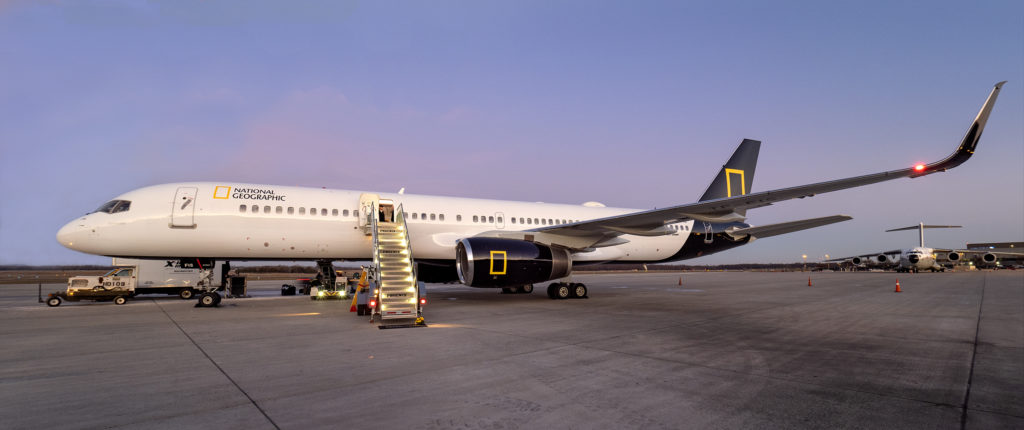
Usually on these Expeditions (this was the 11th Around the World I’ve been on) I carry my usual Olympus E-M1 MkII’s, and the E-M1X. This Expedition, I decided to photograph this trip with the Olympus E-M5 MkIII (I did shoot the E-M1X for some photos in Tanzania, primarily for the long-lens requirements of that world).
Recently announced by Olympus, I saw the E-M5 MkIII as the perfect, “lean and mean” camera due to its lighter weight than the E-M1 MkIII (which is already far smaller and compact than DSLR’s and most mirrorless competition) which makes it a great travel camera. The E-M5 MkIII is fast, weather resistant, and very ergonomic.
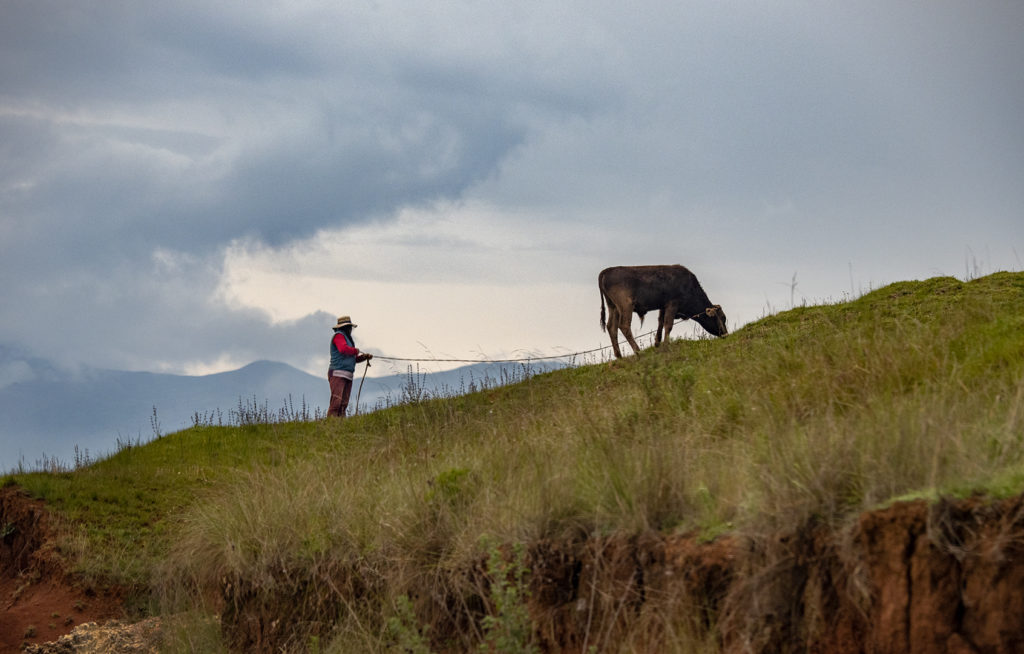
12-100mm f 4 lens
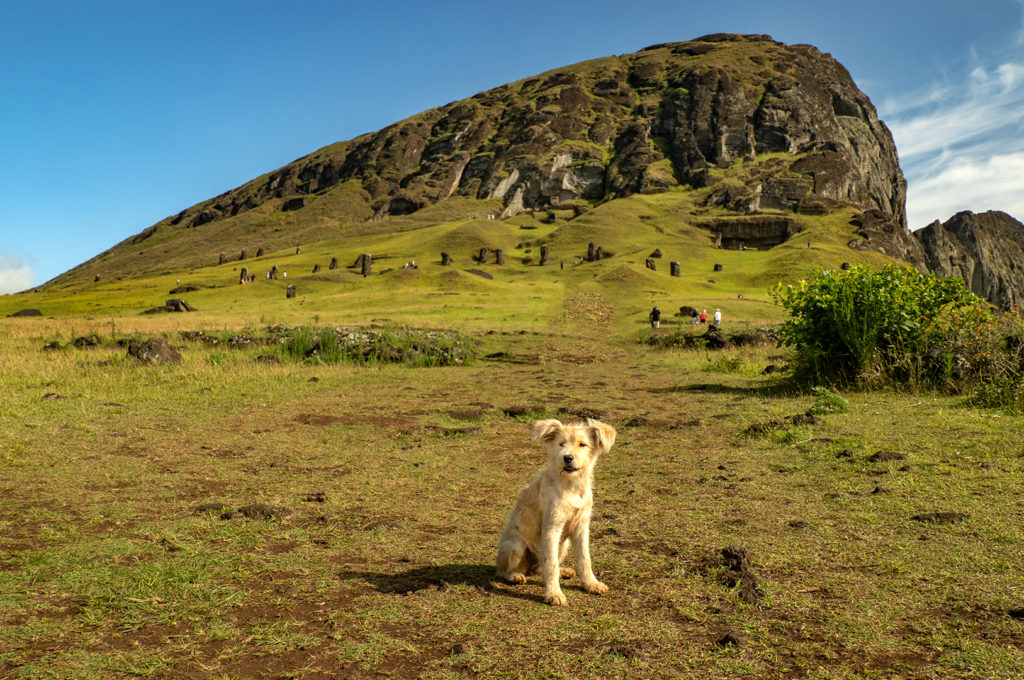
12-100mm f 4 lens
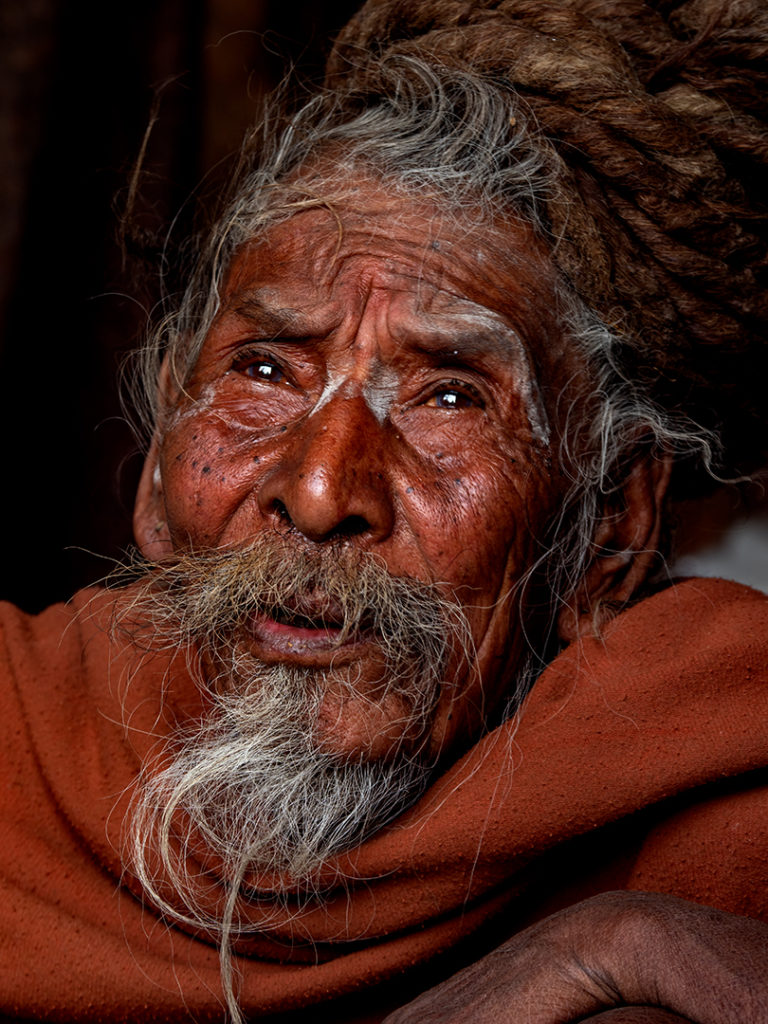
12-100mm f 4 lens
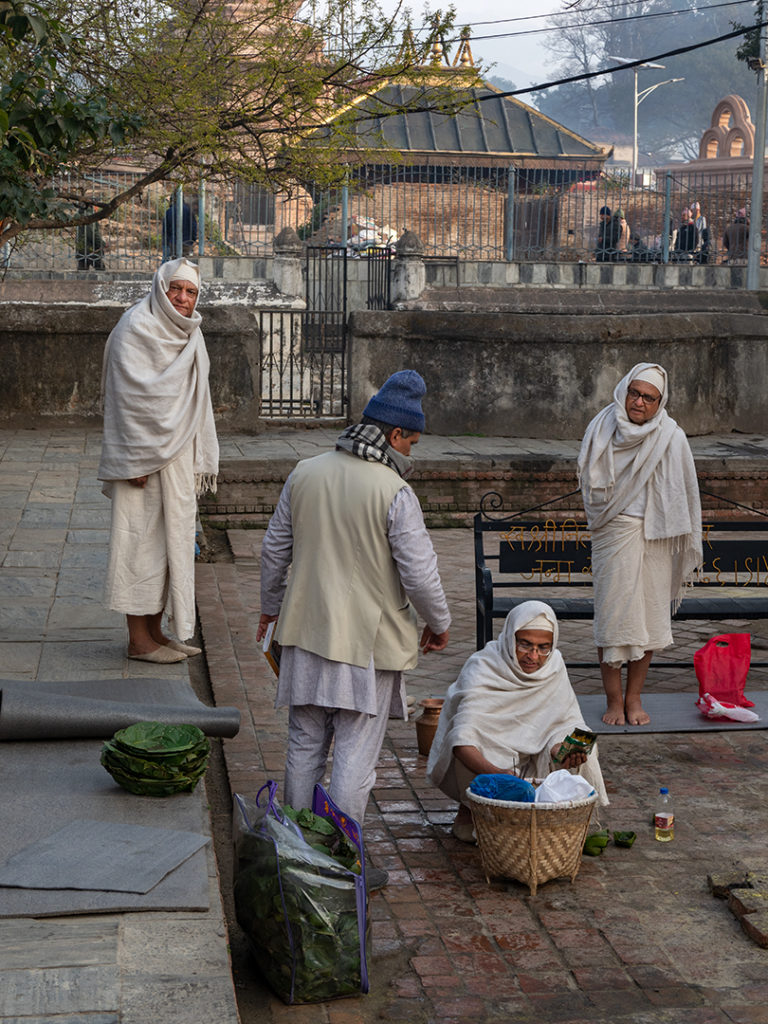
12-100mm f 4 lens
Carrying both E-M5 MkIII bodies on my “go-to” travel setup, a BlackRapid “Duo” strap system, I was able to work with my preferred two-bodies. On one, the Olympus 7-14mm f2.8 Pro lens, and the Olympus 12-100 f4 on the other. This provides a very workable range of lens length, from a full-frame equivalent of 14mm, out to 200mm. If this doesn’t cover what I’m shooting, then it must be a wildlife or sports situation, where 300mm or longer is called for. In Tanzania, the 40-150mm f2.8 (often with the MC-20 tele-converter, doubling that focal range) was a go-to lens, and I’d also use the Olympus 300mm f4 (often with the MC-14 teleconverter). In the seat of the safari vehicle, I’d have a third body with the 12-100mm f4. So, in those situations, I’d have immediately available, and eqully important, hand-holdable, lenses ranging from FF equivalent of 24mm out to 1200mm. This is the reason I carried the E-M1X, as my third body in Tanzania for wildlife.
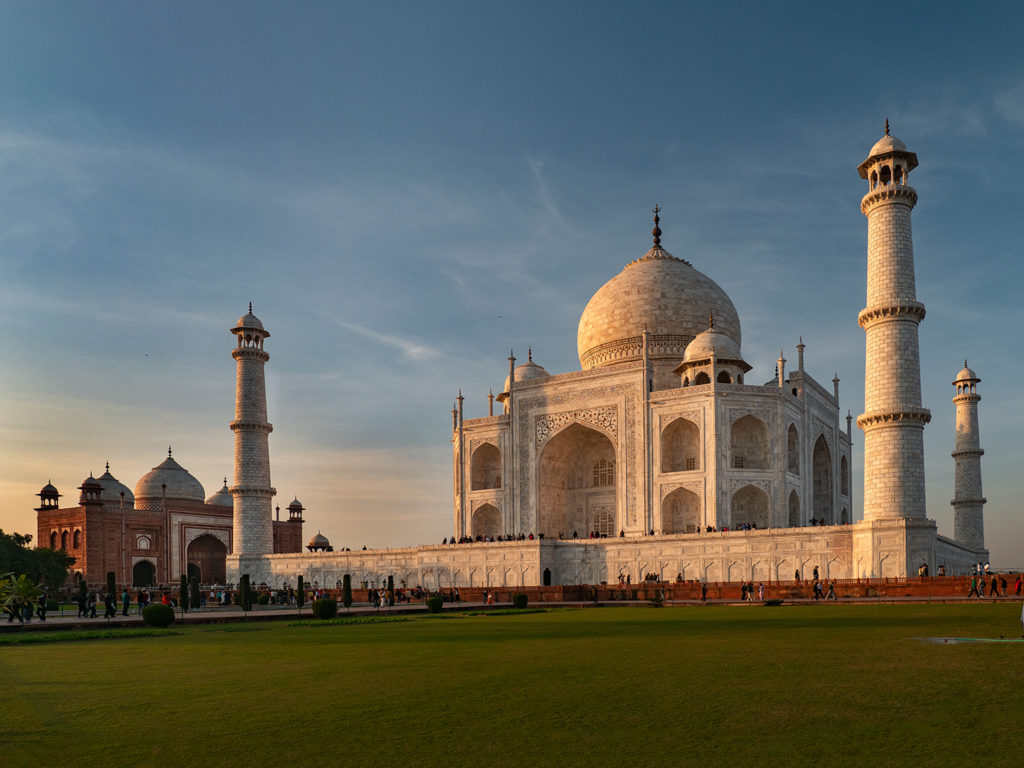
12-100mm f 4 lens
Pros and cons for the E-M5 MkIII
Pros:
Noticeably smaller and lighter than my usual E-M1 MkII (and MkIII) I have written about, and preach regularly, to the benefits of a lightweight system. You can read more about that by clicking here.
Fast autofocus– not as fast as the EM-1 cameras, but able to do the job
Great ergonomics: the camera and its controls fall to a very natural position. This camera has matured over the years since its introduction, the early versions suffered from a cramped set of controls.
Weight and ergonomics go a long way in this business, and especially when using the cameras professionally. I am out and about for hours on end, and I don’t want to carry equipment that forces me to constantly be on the outlook for a perch on which to set it. What’s the best camera to have? Old question but still a relevant answer: the one that’s in your hand when that photographic moment is presented. This is a huge plus of the Olympus system.
Beautiful image quality. A camera is not worth much if it can’t produce images that fit one’s requirements. My images have to meet very high criteria for usage, from printing up to 4’ wide, to publishing industry requirements, and the Olympus files easily meet both those critieria.
Video / Sensor: The MkIII is quite a capable video camera, with 4K capability at 24 fps, and 237Mbps bit rate, captured on the same 20.4 MP sensor as the E-M1 MkII
Pro Capture this is a huge benefit that Olympus included in the E-M5 MkIII. Pro Capture, when enabled, buffers up to about 2-seconds worth of images, not writing them until the shutter is fully released. Photographing a bird exploding in flight off of a branch, Pro Capture helps the photographer capture this moment, usually missed as one’s reaction time isn’t usually fast enough to compensate for this moment.
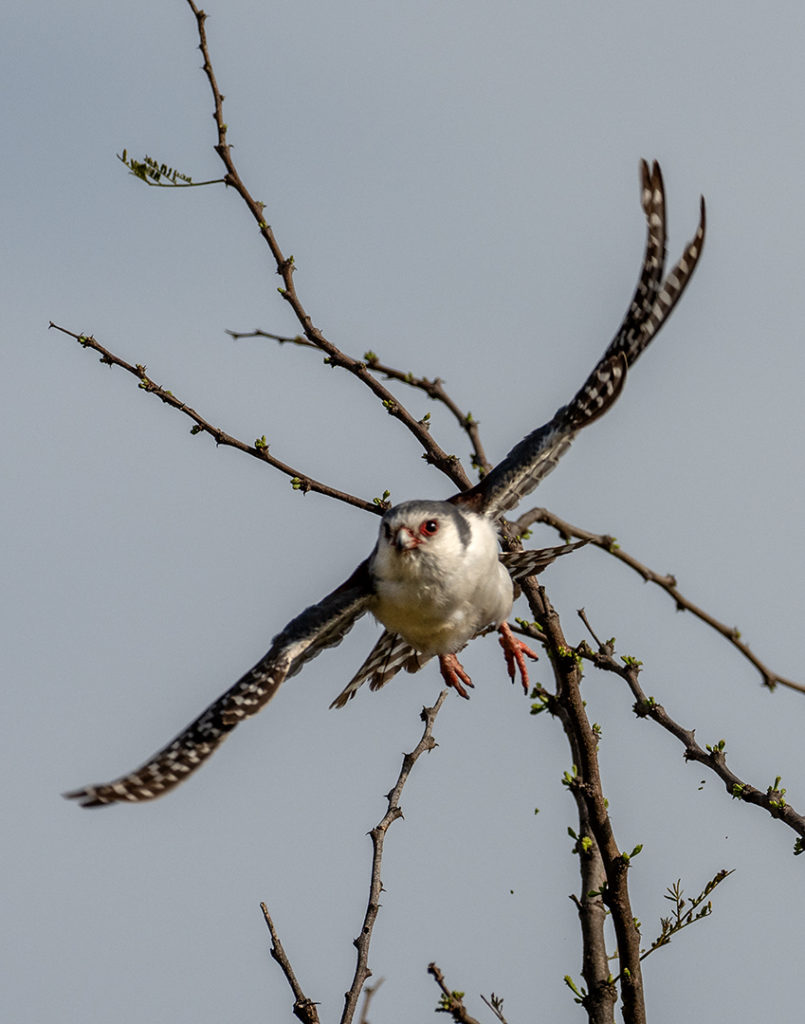
300mm f4, Pro Capture
5-Axis IBIS (In Body Image Stabilization) Not only is the Olympus system smaller and lighter, but Olympus invented the IBIS system that works ridiculously well. Working presently with the 12-100mm f4 and the 300mm f4 Pro lenses, IBIS allows the photographer to hand-hold the camera to more than 5 stops lower than without. I’ve shot 4-6 second, handheld exposures, that are sharp…not “gee, that looks pretty good” but tack-sharp photos. This is huge, and one won’t understand just how powerful this feature is until its used. The photo below was shot with the 300mm f4 with the MC-20 teleconverter, handheld while standing in a safari vehicle. Yes, it was shot at 1/640th of a second, but I was hand-holding the camera to my eye for probably 10 minutes. That is 1200mm of FF equivalent, and ALL the photos are sharp.
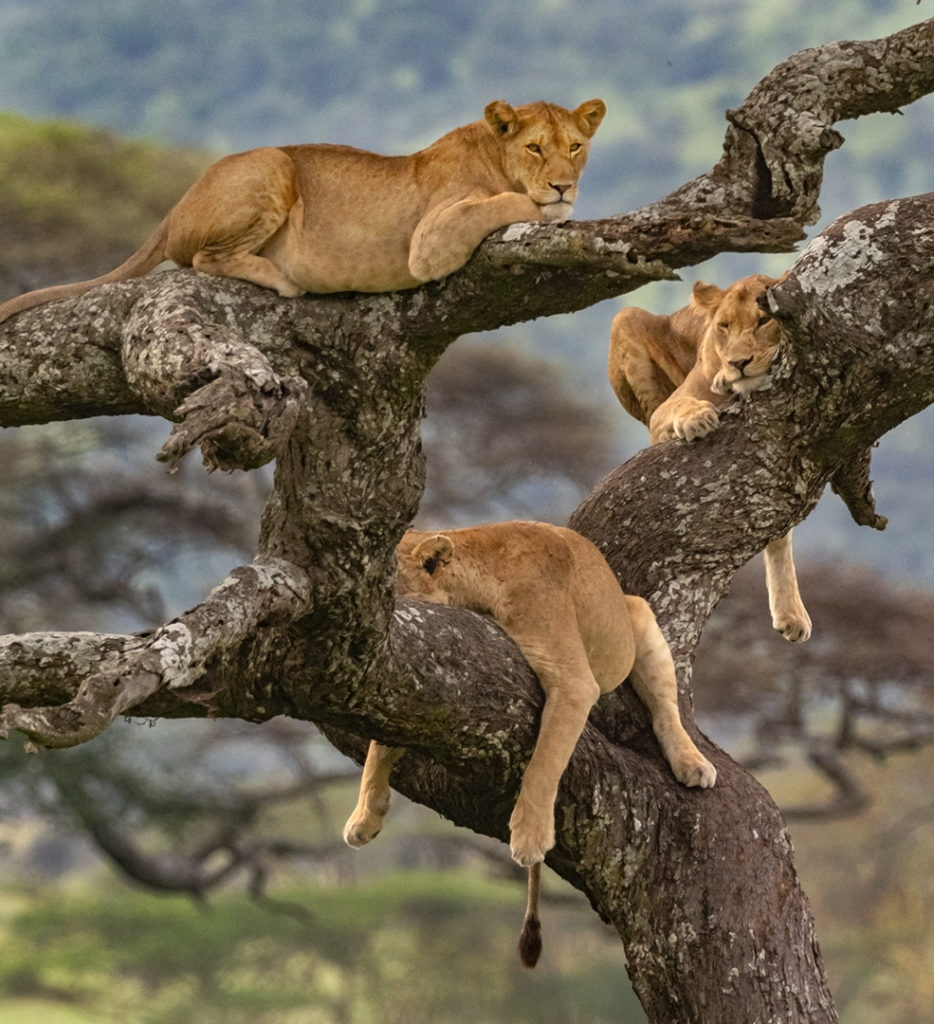
300mm f4 w/MC-20 Telextender
Cons:
Lack of a dual-card slot. I realize by utilizing one slot, the size of the camera can be significantly reduced. But, this is a calculated gamble here. I use Lexar cards, shooting thousands of images per assignment, reformatting on a daily basis, and I haven’t experienced a card failure for years. So, I’ll gamble with this camera, with the idea of always downloading my photos on a daily, or more if possible, basis.
Viewfinder brightness. Going from my E-M1 MkII and MkIII to the E-M5 MkIII, there is a noticeable lessening of brightness of the viewfinder, but if working without another camera to compare, this is not a factor.
Burst Rate My E-M1 MkIII, with follow-focus, can shoot at 15 fps, the E-M5MkIII, at the slightly slower 10fps. Not a huge difference but would prefer the faster. However, read above in the Pro Capture mode. With my E-M1 MkIII I can shoot up to 60fps in continuous, and with the E-M5 MkIII, I can “only” shoot 30fps. I came from a film background, and I remember my Nikon F with a motor drive could shoot a blazing 3fps, so ”only” 30fps is outstanding and acceptable!!
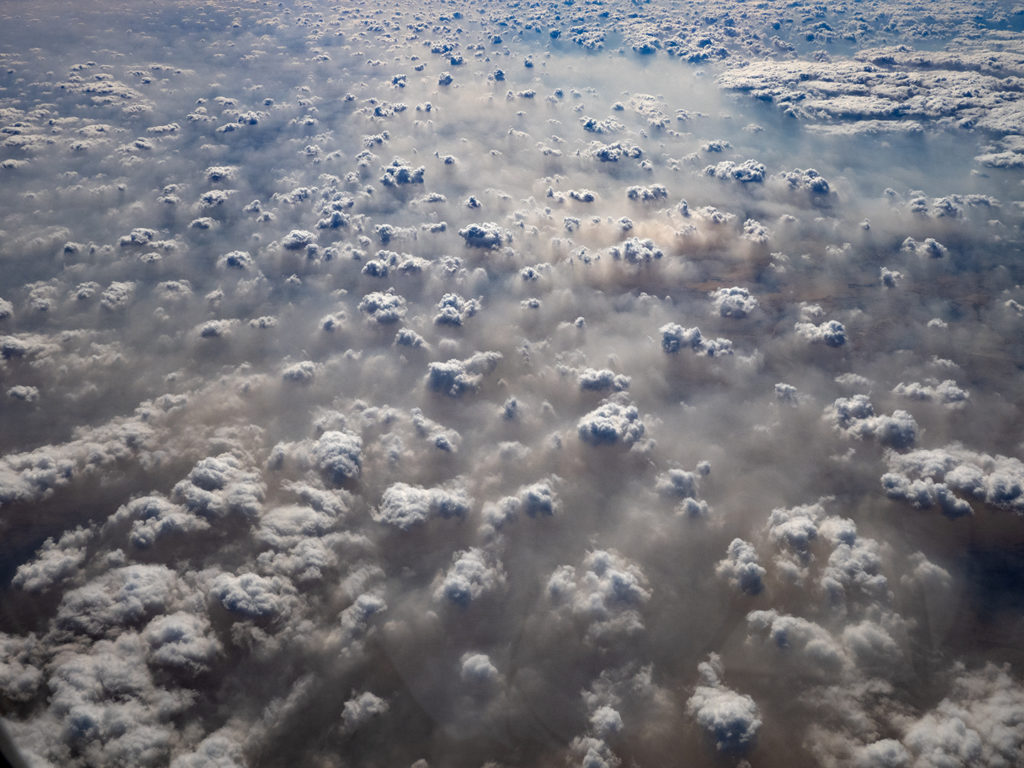
12-100mm f 4 lens
Conclusion: What this all comes down to, the Olympus E-M5 MkIII is a strong contender for the perfect travel camera: compact and very portable, great image quality, a camera that you’d want with you at all times.
Olympus’ newest travel lens
Just after the Corona Virus lockdown occurred, i received the new Olympus 12-45mm F4 lens. I had a couple of trips planned that were cancelled, both trips were going to be perfect for working with this new lens. I look back on the great photojournalists, who shot the majority of their work with lenses ranging from 35mm to 90mm, and sometimes not that large a range. The new 12-45mm, within its zoom range, contains the focal length which was such a favorite of those photographic mentors. I’m really looking forward to getting back out on the road with this new lens. attached to the E-M5MkIII, the perfect travel package becomes even better!! The photo below shows my black E-M1 MkIII with the 12-40mm f2.8, compared in size and bulk to the E_m5 MkIII.
